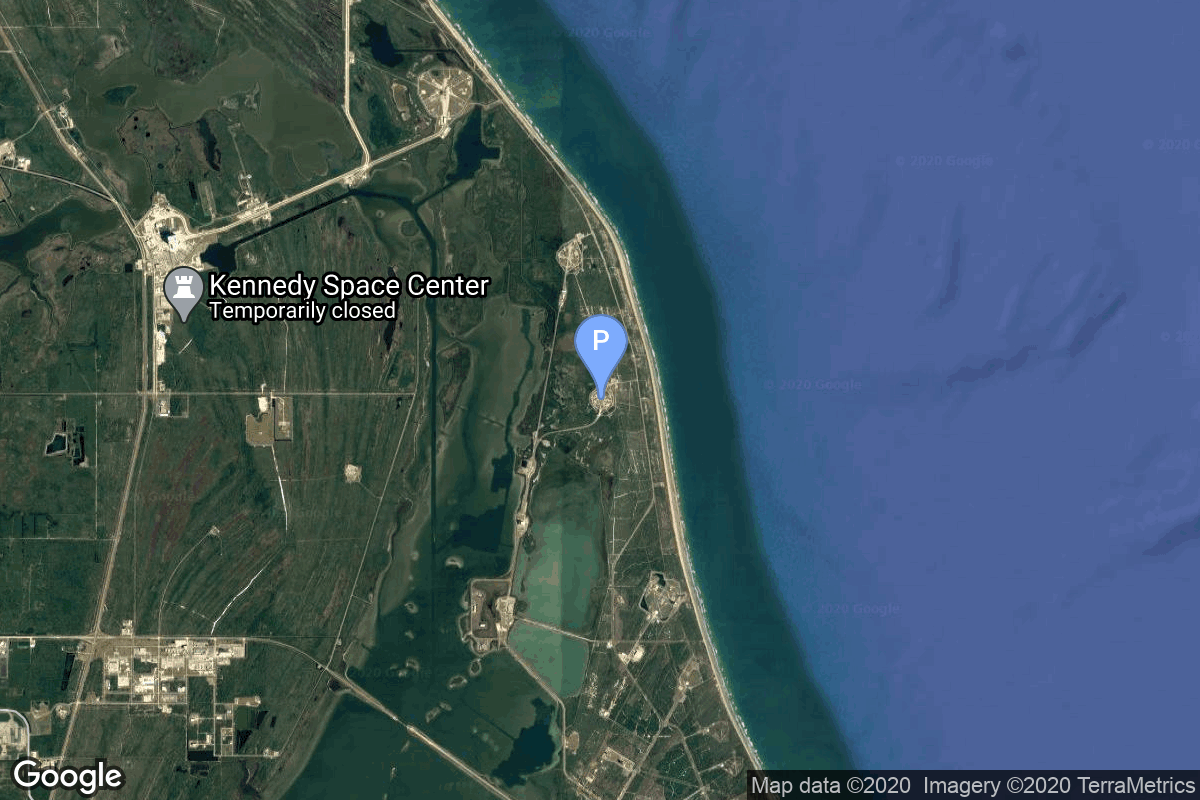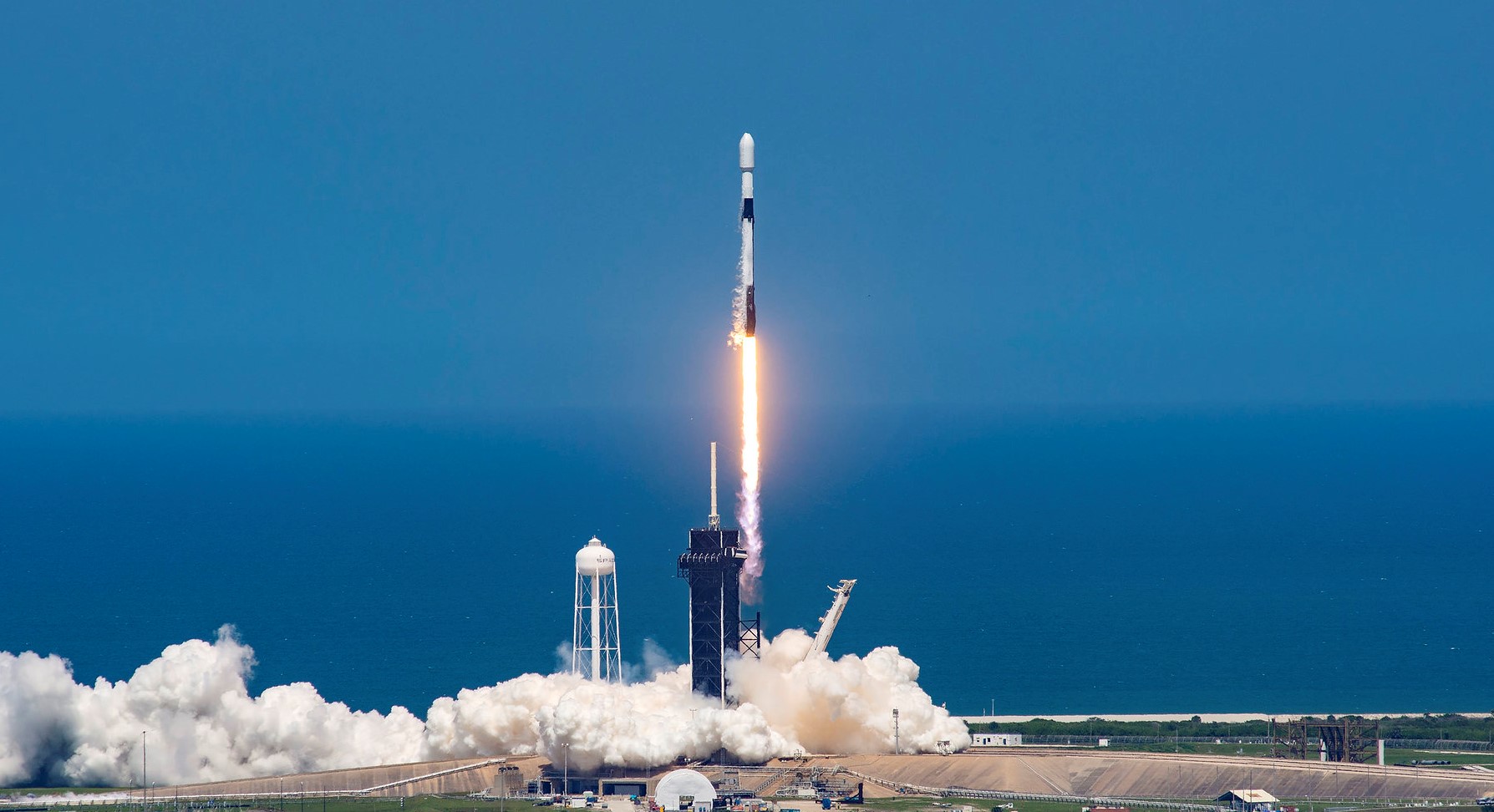Türksat 6A
Falcon 9 Block 5
SpaceX
Trajectory
Trajectory is not available. Check back for updates.
Mission
Türksat 6A
- Type: Communications
- Orbit: Geostationary Transfer Orbit
- Launch Cost: $52,000,000
Türksat 6A is Turkey’s first domestically manufactured geostationary communications satellite. It is to reside in 42° East orbital slot, providing services to customers in Turkey, as well as in Europe, Northern coast of Africa, Middle East, India and Indonesia.
Location
Rocket
Landing
Agency
SpaceX
Space Exploration Technologies Corp., known as SpaceX, is an American aerospace manufacturer and space transport services company headquartered in Hawthorne, California. It was founded in 2002 by entrepreneur Elon Musk with the goal of reducing space transportation costs and enabling the colonization of Mars. SpaceX operates from many pads, on the East Coast of the US they operate from SLC-40 at Cape Canaveral Space Force Station and historic LC-39A at Kennedy Space Center. They also operate from SLC-4E at Vandenberg Space Force Base, California, usually for polar launches. Another launch site is being developed at Boca Chica, Texas.



